Alice Springs Flora •
Alice Springs FloraAlice Springs Flora Index Acacia ligulata Annual Yellowtop Apple Bush Bougainvillea Burdekin Plum Carob Tree (Ceratonia siliqa) Cattle Bush Desert Cotton (Aerva javanica) Desert Oak Eremophila Wildberry Feijoa sellowiana Flannel Cudweed Fork-leaf Corkwood Ghost Gum Golden Everlasting Kurrajong Lemon-flowered Gum MacDonnell’s Desert Fuchsia Native Bluebell Native Tomato Needlewood Olive Tree Perennial Yellow Top Rat’s Tail River Red Gum Inland River Red Gum Rosy Dock Round-leaved Mallee Scurvy Grass Silky Eremophila Stemodia viscosa Striped Mintbush Sturt’s Desert Pea Sturt’s Desert Rose Tangled Leschenaultia Tar Vine Weeping Bottlebrush White Cedar Yellow Billybutton Yellow-keeled Swainsona Yellow Oleander
Pictured here is the Burdekin Plum (Pleiogynium timorense) growing in Alice Springs.
Native to Australia the Burdekin Plum (Pleiogynium timorense) is a semi-deciduous rainforest tree found in the north-east Queensland, it has become a cultivate plant that grows well inland provided it has access to water. In cultivation it can grow up to 12 metres and 20 metres in its rainforest habitat. The mature tree has a dark grey trunk and glossy, compound leaves.
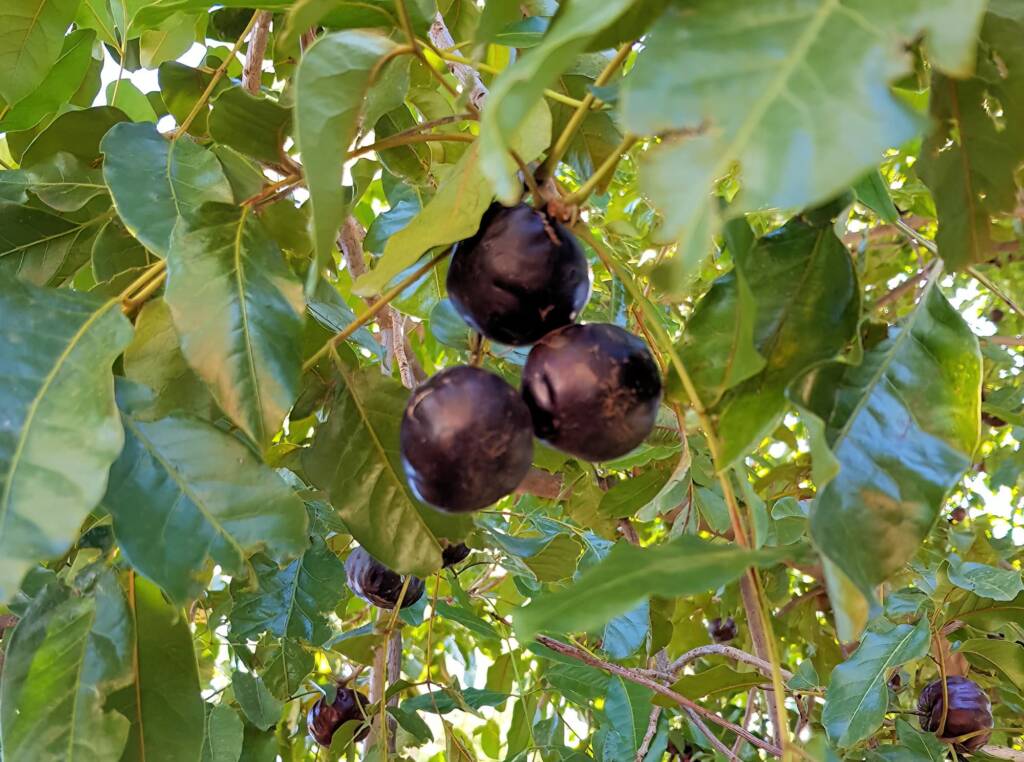
It is an hardy tree that can cope with long dry periods once established. It does prefer free draining soil and a lots of sunshine to perform well. Available through nurseries, the Pleiogynium timorense can be found growing in gardens in Alice Springs.
Interest in the fruits of the Pleiogynium timoriense has garnered attention as a “bush tucker”. Whilst the fruit is palatable, it is fairly astringent, being most popular as a jam conserve.
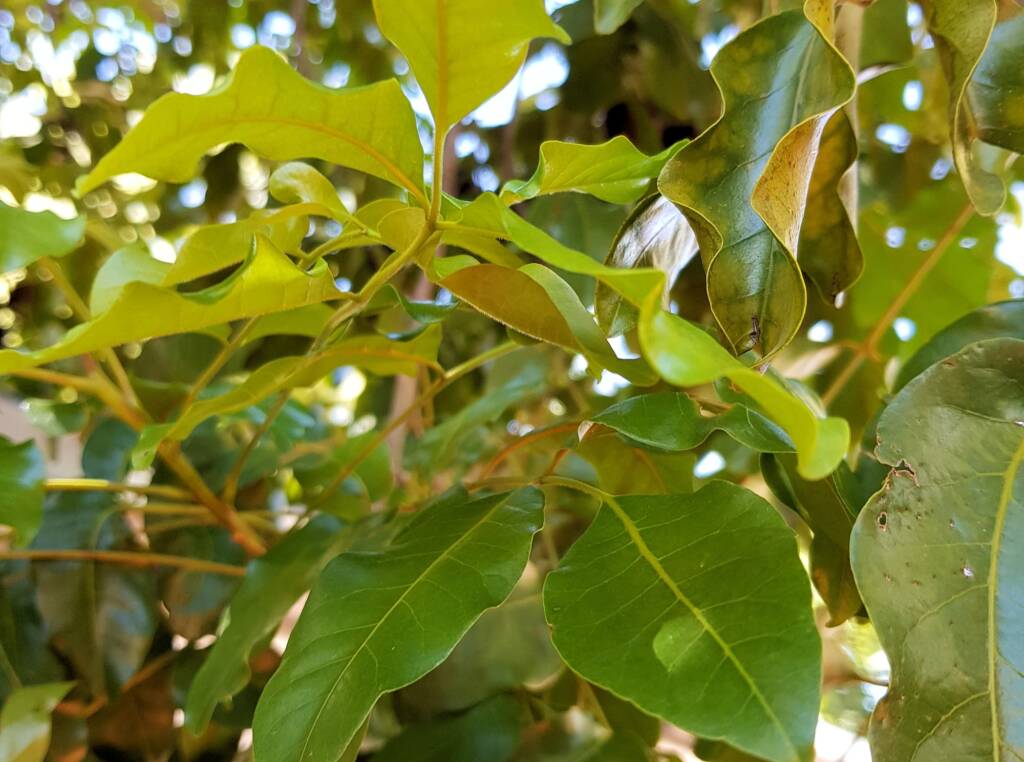
The fruit is a plum-like deep dark purple colour that contains numerous small seeds. Burdekin plums do not ripen on the tree and need to be allowed to ripen post-harvest to attain their preferred flavour and texture. Whilst you can ripen the fruit by burying in sand, you can also ripen them by storing them in a paper bag in a dark location for about a week.
In addition to making jams, It can be eaten raw, as well as sliced and added to fruit salads, fruit pies, cooked down to make sauces and gravy, made into jellies and wine.
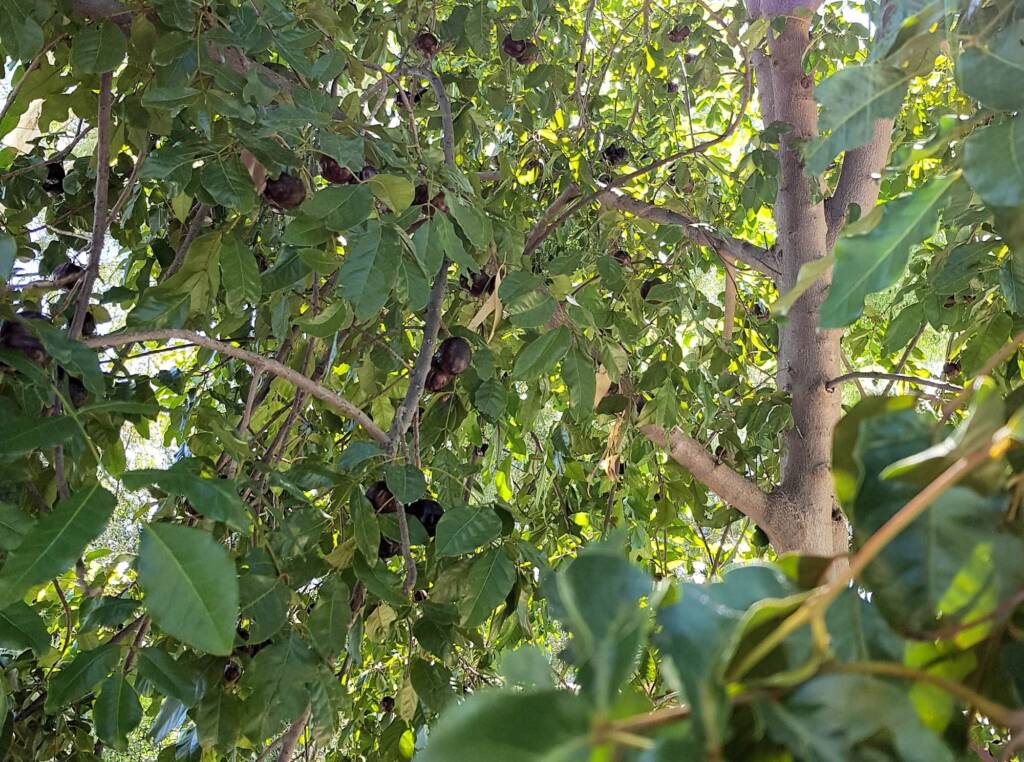
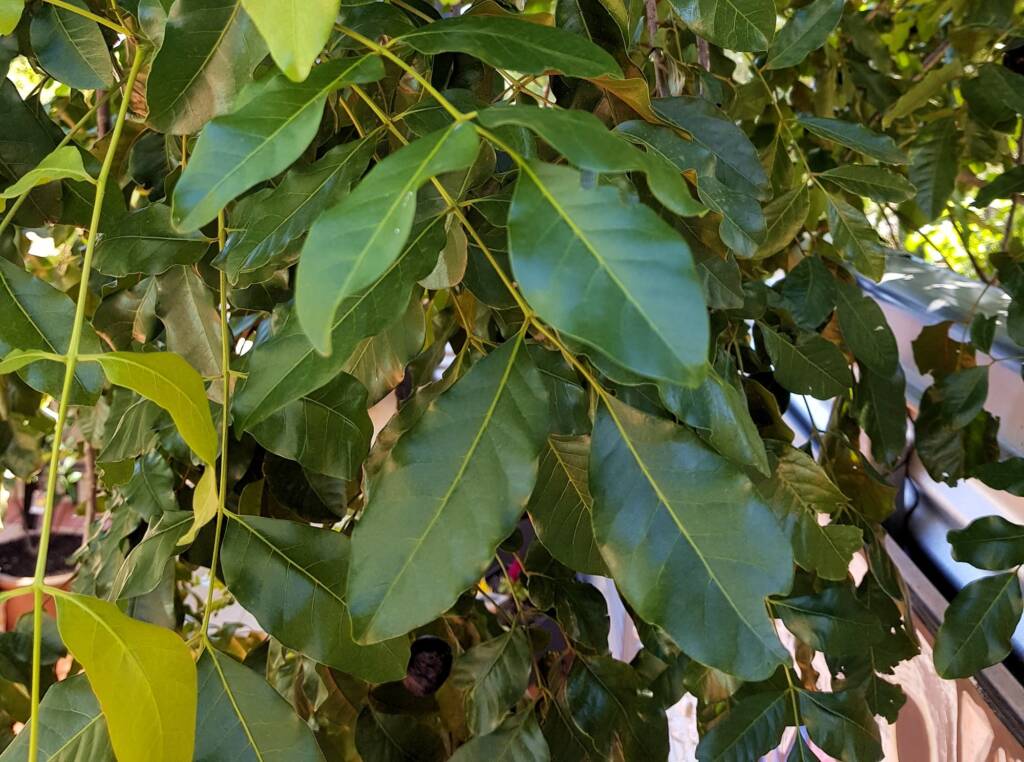
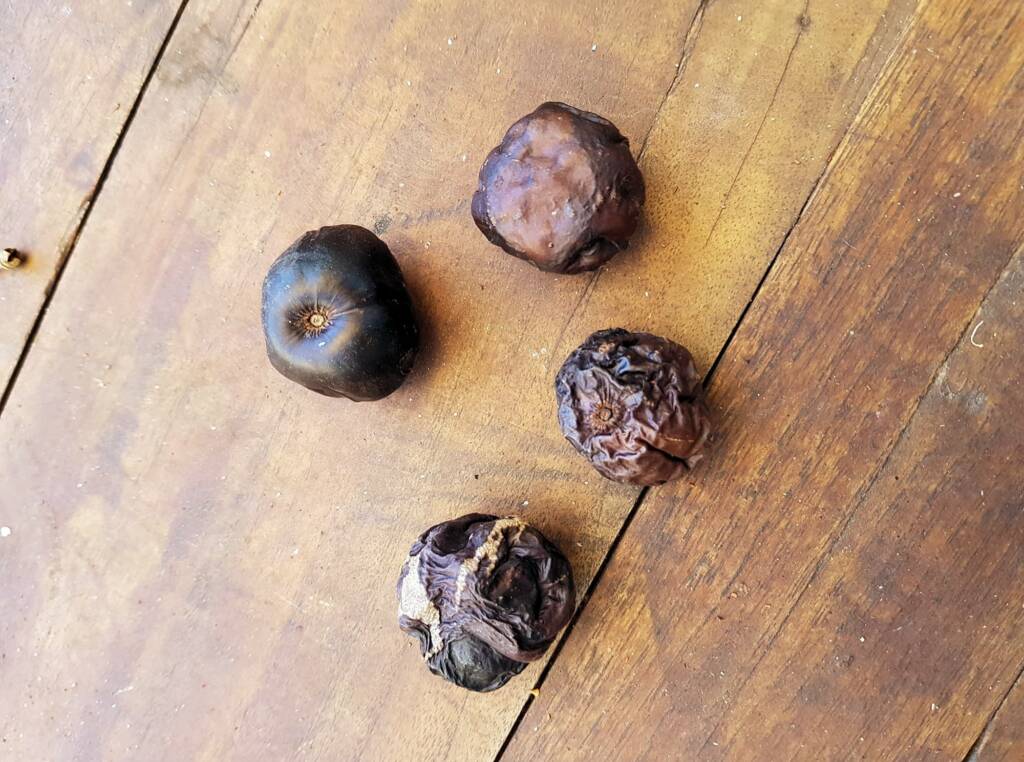
- Scientific classification
- Kingdom: Plantae
- Phylum: Charophyta
- Class: Equisetopsida
- Subclass: Magnoliidae
- Superorder: Rosanae
- Order: Sapindales
- Family: Anacardiaceae
- Genus: Pleiogynium
- Species: Pleiogynium timoriense
Alice Springs FloraAlice Springs Flora Index Acacia ligulata Annual Yellowtop Apple Bush Bougainvillea Burdekin Plum Carob Tree (Ceratonia siliqa) Cattle Bush Desert Cotton (Aerva javanica) Desert Oak Eremophila Wildberry Feijoa sellowiana Flannel Cudweed Fork-leaf Corkwood Ghost Gum Golden Everlasting Kurrajong Lemon-flowered Gum MacDonnell’s Desert Fuchsia Native Bluebell Native Tomato Needlewood Olive Tree Perennial Yellow Top Rat’s Tail River Red Gum Inland River Red Gum Rosy Dock Round-leaved Mallee Scurvy Grass Silky Eremophila Stemodia viscosa Striped Mintbush Sturt’s Desert Pea Sturt’s Desert Rose Tangled Leschenaultia Tar Vine Weeping Bottlebrush White Cedar Yellow Billybutton Yellow-keeled Swainsona Yellow Oleander
Alice Springs FaunaAlice Springs Native Bees Alice Springs Beetles Alice Springs Birds Alice Springs Gastropods (Gastropoda) Alice Springs Insects Alice Springs Marsupials Alice Springs Reptiles Alice Springs Spiders
